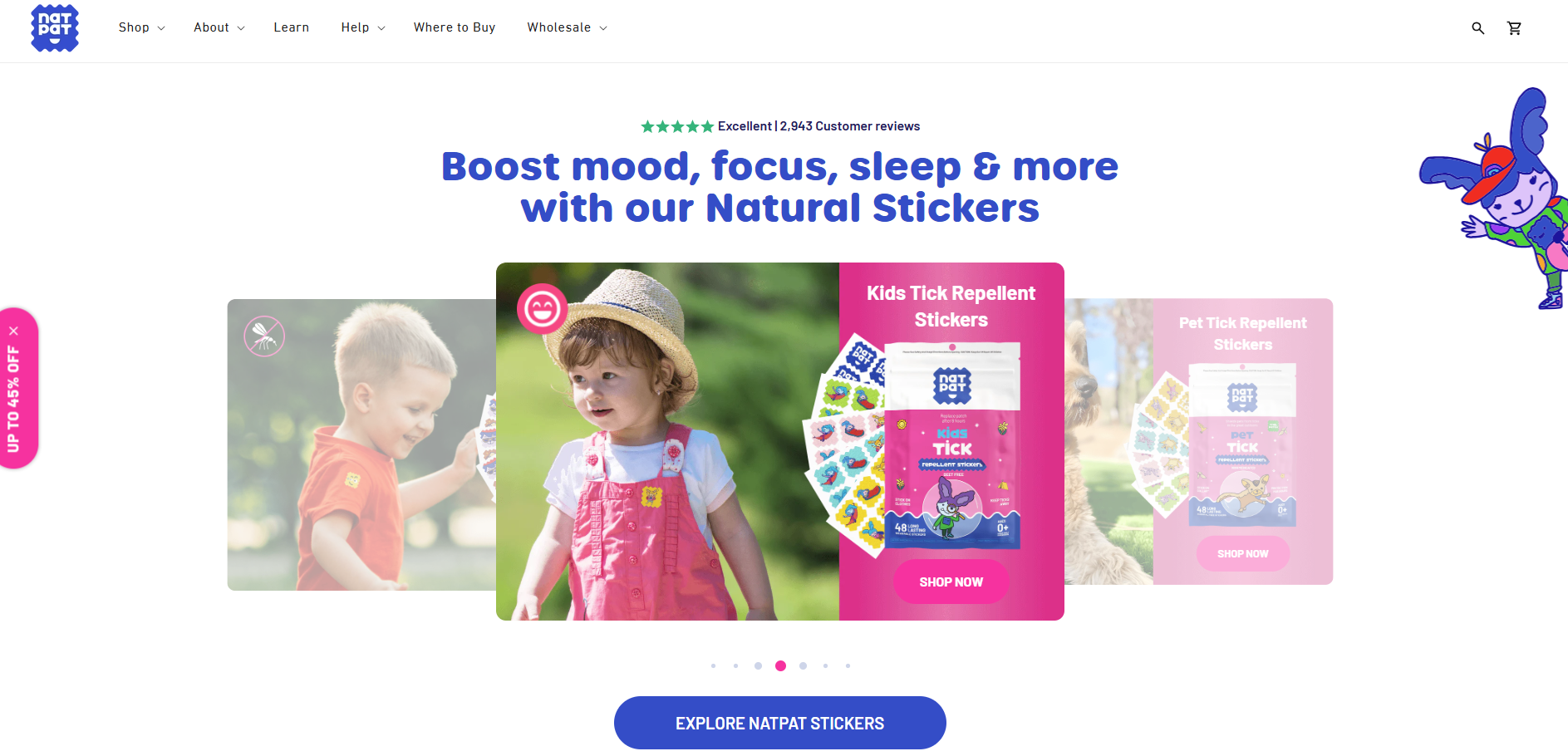You’ve probably heard the pitch: direct fulfillment is faster, cheaper, and better for cash flow than traditional 3PLs.
But here’s the harder question: Is it right for your business right now?
The answer depends on your revenue stage, product mix, and capital constraints, not just theory.
This guide walks you through a financial framework to identify which fulfillment model delivers the highest profit margins for your situation.
If you’re new to fulfillment models, read our Direct Fulfillment 101 guide first for the operational basics.
This article assumes you already know what each model is. Now let’s focus on what they really cost and how those costs affect your margins.
You pay per order plus storage and receiving fees. Costs are variable but add up quickly when inventory sits too long.
A 3PL typically charges $15–$40 per pallet per month for storage and $2–$5 per order for pick and pack.
It’s flexible, but every handling point—warehouse receiving, storage, and shipping—adds delay and hidden fees.
You lease a warehouse, hire staff, and manage everything yourself.
This gives you full control but comes with high fixed costs: rent, equipment, insurance, and salaries.
Whether you’re shipping 100 orders or 1,000, those costs stay the same, which means your profit drops fast in slow months.
Orders ship directly from a fulfillment center near your factory, like Portless in Shenzhen, straight to the customer.
There’s no domestic warehouse and no long-term storage bill.
You pay per order plus international shipping, and inventory moves out within 5–9 days of production instead of sitting for weeks.
Takeaway:
Each model can work, but the financial impact depends on scale. Traditional 3PLs offer flexibility early on, in-house works only at large scale, and direct fulfillment gives growth-stage brands faster cash flow without the overhead.
If your brand makes $100K in monthly revenue, spends $40K on products, and $15K on 3PL costs, you’re earning about 300% ROI on your fulfillment spend.
Reduce those costs by 40% through direct fulfillment, and efficiency climbs closer to 500%.
3PLs are fine early on but get expensive once storage and surcharges rise.
Running your own warehouse usually costs $18K a month or more. That’s manageable when sales are steady but painful when they’re not.
If your revenue drops from $100K to $50K one month, your ROI can fall from 230% to barely 60%.
Fixed costs make this model risky unless you’re doing $10M+ in annual revenue.
Direct fulfillment keeps costs similar to a 3PL per order but adds hidden financial upside.
You recover capital faster because inventory sells days after production instead of months later.
You save on duties under the $800 de minimis threshold and avoid storage fees entirely.
Those benefits typically raise ROI by another 20–30% while freeing up working capital for growth.
Startups (< $500K): Stick with traditional 3PLs for flexibility and low commitment.
Growth ($500K–$5M): Switch to direct fulfillment to unlock cash flow and reduce overhead.
Mid-Market ($5M–$20M): Use a hybrid model: 3PL for heavy or high-return products, direct fulfillment for high-margin SKUs.
Scale ($20M+): Combine in-house operations for control with direct fulfillment for agility.
During Q4, 3PL surcharges can spike 15–30%. If that wipes out your profit on a product, switching to direct fulfillment isn’t optional—it’s essential.
Many brands jump too early and get stuck with fixed costs that kill margins during slower seasons.

One example comes from NATPAT, a fast-growing wellness brand that manufactures natural repellent and wellness patches. Before Portless, their team was air-freighting pallets to multiple regions and juggling separate 3PL partners in the U.S., U.K., Canada, and Australia. Each shipment required duties, local freight, and long wait times of up to 30 days.
After switching to Portless direct fulfillment in Shenzhen, NATPAT consolidated all their inventory into one shared global pool. They stopped paying for repeated air freight, avoided multi-country warehousing costs, and could ship directly to over 50 countries.
By relaxing their advance-ordering requirements, the team freed up capital that had been locked in bulk shipments and started producing inventory based on real demand instead of container minimums.
Result: NATPAT simplified their supply chain, cut operational costs, and accelerated cash flow—all without sacrificing delivery reach or customer experience.
Visit the full NATPAT case study to learn more about how Portless helped the brand scale globally while maintaining cash efficiency.
At $5M+ in revenue, most brands benefit from a split approach.
This setup balances cost and speed, reduces carrier risk, and routes returns more efficiently.
Direct fulfillment only works when execution is airtight.
At Portless, we operate beside factories in Shenzhen (and soon Vietnam and India) to handle every step from source to doorstep:
Financial results:
Learn more about how Portless streamlines factory-to-door operations on our How It Works page.
How much working capital can I free up by switching?
If you hold 90 days of inventory and cut it to 10, that’s 80 days of cost recovered. For a $3M brand, it can unlock over $600K in usable cash.
What if my 3PL looks cheaper per order?
Add hidden fees like storage, receiving, and returns. Most brands find their real cost is 20–30% higher than they think.
Can direct fulfillment work outside Asia?
Yes, if your manufacturer can ship directly to customers. The model is most efficient when production already happens in Asia.
Can I run hybrid fulfillment?
Absolutely. Route high-margin products through direct fulfillment and bulkier items through a local 3PL. Most brands see a 2–4% margin lift.
Will switching partners hurt short-term profits?
Transitioning takes 2–3 weeks but usually pays off within 3 months once operations stabilize.
Do tariffs affect ROI?
Yes. Shipping under the $800 U.S. de minimis threshold saves 2–5% in duties, adding pure margin.
Your fulfillment model isn’t a lifestyle choice, it’s a financial one.
Use this framework to calculate costs, measure ROI, and decide which path scales profitably.
Ready to model your numbers?
Talk to our team to calculate your ROI and see if direct fulfillment makes financial sense for your business.